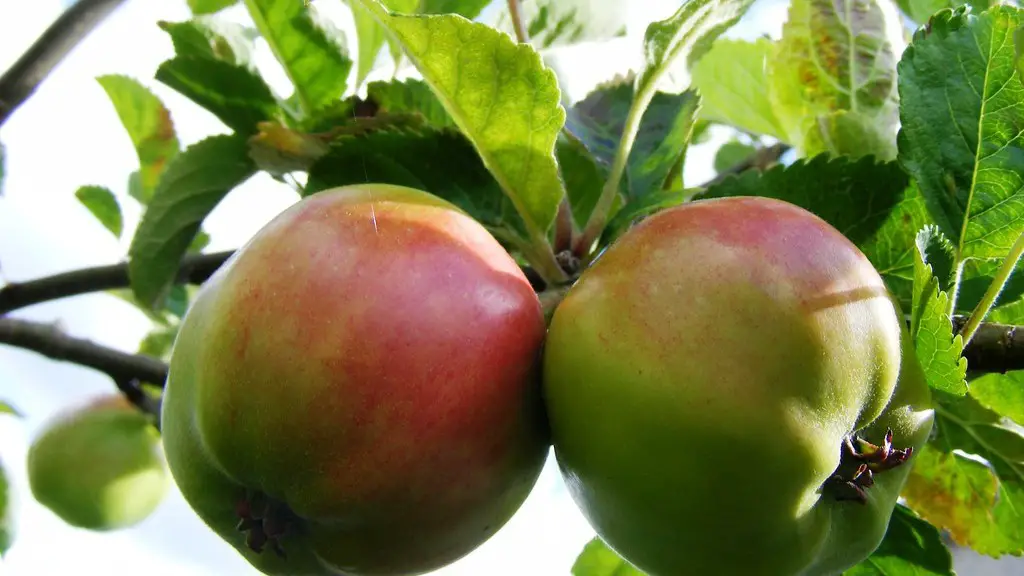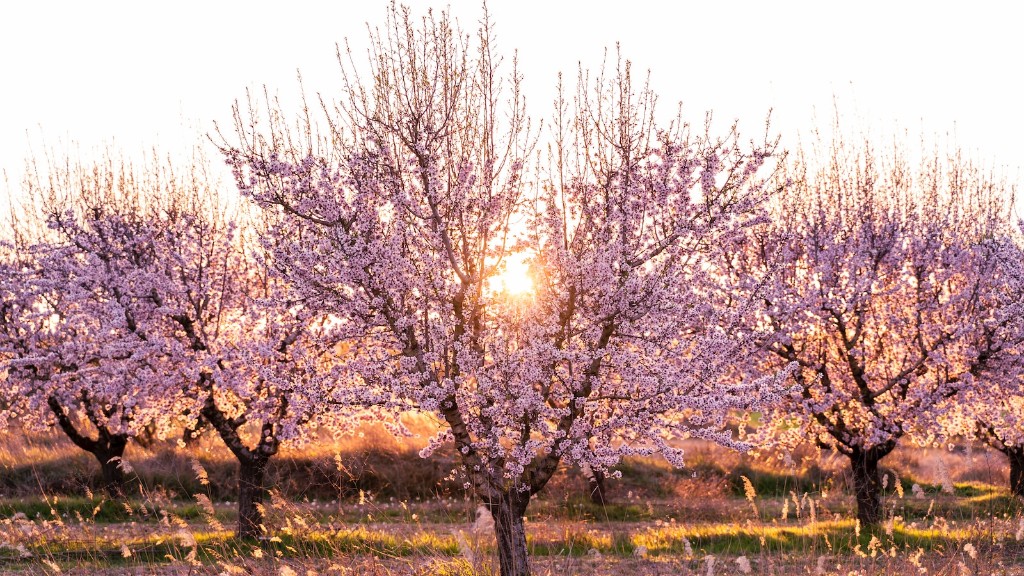Palm trees are one of the most recognizable trees in the world. They are also one of the oldest types of tree. Ancient Egyptians used them to symbolize immortality and they have been planted around resorts and in private gardens since Roman times. But when is a palm tree dead?
The answer is not always straightforward. Many people assume a palm tree is dead when the leaves turn brown and the tree stops producing new leaves. However, the tree may only be dormant. If a palm tree has been growing normally and then suddenly stops producing new leaves, it may be suffering from a nutrient deficiency or other problem.
Experts say there is no definitive answer to the question of when a palm tree is dead, as there are many factors that can affect the health of a palm tree. If the tree is healthy and just not producing new leaves, it may respond to fertilizer or other treatments. On the other hand, a tree may be dead if the leaves have been yellow or brown for a long period of time with no sign of recovery.
One way to tell if a palm tree is dead is to look at the trunk of the tree. If the trunk has started to rot or is discolored, it is likely the tree is dead. Similarly, if the trunk is cracked or split, the tree may have died. If the trunk looks healthy, then the tree may still be alive.
Another way to tell if a tree is dead is by examining the roots. If the roots are damaged or discolored, this could be a sign of death. In addition, if the roots are not firmly in the ground and the tree can be pulled up easily, this could indicate the tree is dead.
If you are unsure whether a palm tree is dead or alive, it is best to consult with an arborist. An arborist can examine the tree and provide an accurate assessment of its health. If a tree is dead, an arborist can also advise on what measures can be taken to remove the tree, such as professional tree removal.
It is important to take action if a tree is found to be dead, as dead trees can be dangerous to people and property. A dead tree can easily be knocked over in strong winds and cause damage to property or injure someone. Therefore, it is important to assess the health of a tree regularly to ensure it is not dead.
Identifying Disease
One of the most common causes of palm tree death is disease. Certain fungi and bacteria can cause disease in palm trees, which can lead to death if left untreated. Symptoms of disease in a palm tree may include yellow leaves, brown spots on the leaves, and wilting and drooping fronds.
If you suspect a palm tree is dying from a disease, it is important to seek professional advice from an arborist. An arborist can assess the tree and identify the cause of the problem, then advise on the best course of action. In some cases, the tree may be able to be treated and saved, while in others, it may need to be removed.
It is important to regularly inspect a palm tree for signs of disease. If you spot any symptoms, it is best to seek professional advice. Early detection and treatment of disease can help prevent death in a palm tree.
Climate and Location
Another factor to consider when assessing whether a palm tree is dead is the climate and location. Most palm tree species only thrive in certain climates. If the climate is too hot or too cold, or too dry or too humid, the tree may struggle to survive. In addition, some species require shelter from strong winds or salt water.
If a tree is located in an area where it cannot thrive, it is more likely to die. It is important to research the best climate and location for a palm tree species before planting it. This will ensure the tree receives the best opportunity for growth and longevity.
In addition, the soil quality should be considered. If the tree is planted in poor quality soil, this can increase the risk of disease and death. The soil should be well-draining and have plenty of organic matter. If the soil is of poor quality, it may need to be amended with compost or other material.
Finally, palm trees should be planted in an open area with plenty of light. Shade from other trees or buildings may reduce the amount of light the tree receives, which can cause it to become stressed and weaken its immunity to disease.
Water Requirements
Lastly, it is important to consider the watering requirements of a palm tree. Most palms need regular watering and may die if the soil is allowed to dry out completely. However, overwatering can also damage a palm tree, as the roots are susceptible to rotting if the soil is waterlogged.
The amount and frequency of watering should be tailored to the needs of the species. Generally, it is best to water the tree in the morning or evening, as this helps limit evaporation and ensures the roots have time to absorb the water. A soil moisture meter can be used to assess whether to water the tree or not.
In summary, there is no definitive answer to the question of when a palm tree is dead. The health of a tree can be affected by a range of factors, such as disease, climate, location and watering requirements. If you are unsure whether a palm tree is dead, it is best to consult with an arborist for an accurate assessment.
Dead Leaves
One of the signs of a dying or dead tree is the shedding of leaves. If the tree is shedding more leaves than usual, this may indicate the tree is stressed. In addition, if the leaves are yellow or brown and do not recover, this is a sign of death. It is important to inspect the leaves regularly to assess the health of the tree.
In many cases, dead leaves can be caused by a lack of nutrients. Applying fertilizer to the root zone of the tree can help replenish the nutrients in the soil. In addition, compost can be applied to the soil to help improve soil fertility and moisture retention.
If the tree is not producing new leaves, it may be dead or dying. In this case, it is best to seek professional advice from an arborist. An arborist can assess the tree and determine the cause of the problem, then provide recommendations on how to resolve it.
Other Causes
In some cases, other factors may also be causing death in a palm tree. If the root ball of the tree is ‘pot-bound’ – for example, if the tree has been left in a container for too long – it may cause stress and death in the tree. If this is the case, the tree should be carefully removed from the container and the roots loosened up.
In addition, if the tree has been subject to too much pruning, it can cause death in some species. Pruning should be limited to only removing broken or dead fronds, and should not be excessive as this can adversely affect the health of the tree.
Finally, if the tree has been recently moved or transplanted, it may be struggling to adjust to its new location. The tree will need time to become established and adapt to its new home. Generally, it is best to avoid moving or transplanting a tree, as this can cause stress and death in the tree.
Preventive Care
The best way to ensure a palm tree remains healthy is to take preventive care of it. Regular inspections should be carried out to detect signs of disease and water and fertilize the tree when necessary. The location and climate should also be suitable for the species.
In addition, it is important to prune the tree regularly, removing any broken or dead fronds. This will help ensure the tree is not weighed down by dead foliage and is able to receive sufficient sunlight.
Finally, it is important to be aware of any changes in the environment that may affect the tree. If the climate becomes too hot or cold, the tree may need to be moved. Or if the area is becoming too dry or wet, the tree may need extra watering.
In conclusion, there is no definitive answer to the question of when a palm tree is dead. However, by taking preventive measures and inspecting the tree regularly, it is possible to assess the health of the tree and identify any problems before they become fatal.



